Sebastian D’Souza: A Musical Legend
- Dr. Padmanabh Joshi | pkjoshi8945@gmail.com
If you listen to a film song composed by maestros Shanker-Jaikishan, OP Nayyar, or Salil Chowdhury, you also hear a tune being played along with the song in the background. This parallel tune is created with Violin, Cello, Piano, Spanish Guitar, or an Organ. This ‘parallel tune for a song’ technique, known as a Counter-Melody, was introduced in SJ music by A musician, A Violinist from Goa – Mr. Sebastian D’Souza. Sebastian D’Souza was a pioneer in creating counter-melody in film songs. This technique became popular and from 1950 onwards Sebastian became a well-known and most wanted Music Arranger of many music directors of the Hindi Film industry.
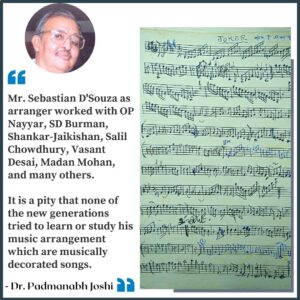 Sebastian was born on 29 January 1906 in Reis-Megos, Goa. He learned to play the violin and piano in a local church school. While learning these instruments, he also learned to write music notation. It was during this time that he listened to the famous symphonies of well-known composers of the western world, namely, Beethoven, Mozart, Schubert, Tchaikovsky, Haydon, and Richard Wagner.
Sebastian was born on 29 January 1906 in Reis-Megos, Goa. He learned to play the violin and piano in a local church school. While learning these instruments, he also learned to write music notation. It was during this time that he listened to the famous symphonies of well-known composers of the western world, namely, Beethoven, Mozart, Schubert, Tchaikovsky, Haydon, and Richard Wagner.
Deeply interested in Violin and Piano, Sebastian continued his learning and went from place to places like Allahabad, Mussoorie, and Delhi. At Delhi, in Hotel Astoria, he started his own band and people appreciated it. In 1942, he went to Lahore, and in Hotel Stiffels, he started his own band. This continued until 1947. After partition, he went to Bombay and started his career as a Violinist in the film industry. He played for well-known music directors like Anil Biswas, Naushad, Vinod, Ghulam Haider, Husnalal-Bhagatram, S D Burman, Sajjad Hussain, and Shanker-Jaikishan.
He started his career as a Music Arranger in 1948-49 with OP Nayyar. When Nayyar recorded his first song ‘Preetam aan milo’ sung by C. H. Atma and written by Mrs. Saroj Mohini Nayyar (OP Nayyar’s wife). After three years, Nayyar signed his first film, Dalsukh Pancholi’s ‘Aasman’ 1952, as an independent music director. At that time, he called Sebastian to work as his Arranger. Sebastian thus started his career as an arranger with OP Nayyar which he continued till 1973. The last film for which he worked with Nayyar was ‘Pran Jaye Par Vachan Na Jaye’. Incidentally, this was also the last film of singer Asha Bhosale with Nayyar.
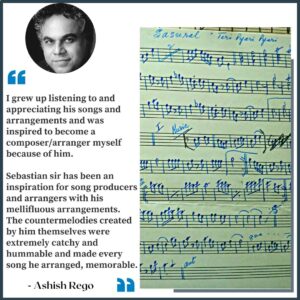 In 1952, Sebastian’s friend Sunny Castellino, who worked as an arranger for Shanker-Jaikishan, introduced Sebastian to the duo. So, Sebastian started as Shanker-Jaikishan’s arranger from 1952 with Amiya Chakravarty’s Daag and continued until 1975. Film ‘Sanyasi’ was Sebastian’s last film with them. In the film ‘Daag’ as an arranger, Sebastian’s most successful innovative work was the creation of a memorable counter-melody for a song sung by both Talat Mehmood and Lata Mangeshkar ‘Ai mere dil kahin aur chal’ According to Sebastian, in this song he used the accordion for creating counter-melody along with Violin and Mandolin. And the result was excellent. Sebastian used the Accordion for interlude music in a number of songs but its use as the main instrument for counter-melody was rare.
In 1952, Sebastian’s friend Sunny Castellino, who worked as an arranger for Shanker-Jaikishan, introduced Sebastian to the duo. So, Sebastian started as Shanker-Jaikishan’s arranger from 1952 with Amiya Chakravarty’s Daag and continued until 1975. Film ‘Sanyasi’ was Sebastian’s last film with them. In the film ‘Daag’ as an arranger, Sebastian’s most successful innovative work was the creation of a memorable counter-melody for a song sung by both Talat Mehmood and Lata Mangeshkar ‘Ai mere dil kahin aur chal’ According to Sebastian, in this song he used the accordion for creating counter-melody along with Violin and Mandolin. And the result was excellent. Sebastian used the Accordion for interlude music in a number of songs but its use as the main instrument for counter-melody was rare.
Using Cellos and Piano to support his counter-melodies of Violin obbligato, he arranged a number of memorable songs. A few examples like Kya hua O mujhe kya hua kya pata… Jis Desh mein Ganga Bahti hai’ 60, Raat ke hum safar… An Evening in Paris’ 67, Aaja re aa zara… Love in Tokyo’ 66, Soja re soja…, Bol ri Kathputli dori… Kathputli’ 57, Aaj kal mein dhal gaya… Beti Bete’ 64, Aaja aayi bahaar & Janewaale zara Hoshiyaar… Raj Kumar’ 64. These are a few examples of the songs in which one can experience the beauty of counter-melodies that Sebastian created with a unique combination of Violins and Cellos.
Another of his specialties was using chorus with Violin, Cello, and Piano combinations. A few examples like Bol RI Kathputli Dori… Kathputli, Aa ab Laut Chalen… Jis Desh mein Ganga Bahti Hai, Dil ke Jharokhe mein tujhko bitha kar…Brahmachari and the Musical fountain sequence in the film Around the World etc.
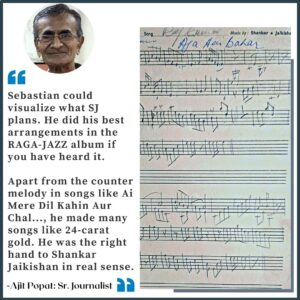 While working with Shanker-Jaikishan, the first challenge that he faced was that both Shanker and Jaikishan preferred Indian Classical Raag-based tunes. And to create counter-melodies, interlude music as well as background music, he had to learn the basics of Indian classical music during his busiest recording schedules. Sebastian found this very interesting and it helped him very much during his career as an arranger.
While working with Shanker-Jaikishan, the first challenge that he faced was that both Shanker and Jaikishan preferred Indian Classical Raag-based tunes. And to create counter-melodies, interlude music as well as background music, he had to learn the basics of Indian classical music during his busiest recording schedules. Sebastian found this very interesting and it helped him very much during his career as an arranger.
If you listen to songs of SJ like Koi Matvala aaya mere dware... Love in Tokyo, all the songs of film ‘Basant Bahar’, all the songs from film ‘Amrapali’ and many classical raag based songs in which he created counter-melodies and interlude music, his mastery over both classical music as well as western music is well experienced.
Combination of Sitar & Violin, Cellos almost became expertise of Sebastian’s counter-melody and interlude music. The last film that Sebastian worked on for Shanker-Jaikishan was Sanyasi, it was a challenge to Sebastian as all the songs as well as the background music of the film was based on Raag Bhairavi. And he succeeded remarkably.
It was a record that an Arranger like Sebastian worked continuously for Shanker-Jaikishan for 23 years without break. Sebastian enjoyed very much working with SJ as he recalled it was great teamwork between Shanker, Jaikishan, Shailendra, Hasrat, Sebastian & Dattaram. He remembered that as Shanker was a great song composer, Jaikishan was a rare background music composer. Sebastian, along with Jaikishan, Dattaram, and Raj Kapoor completed the background music of ‘Mera Naam Joker’ in 5 days.
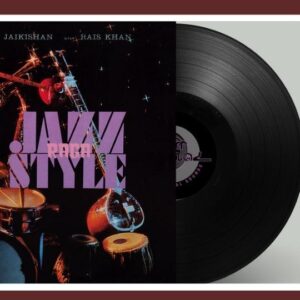
Shanker-Jaikishan being a lover of Indian Classical Music, composed an LP record titled Raga Jazz Style in which they presented 11 Raga in a Jazz style. Sebastian arranged the music and wrote the notations. Sebastian arranged the music and wrote the notations. The 11 Ragas were Todi, Bhairav, Malkauns, Kalavati, Tilak Kamod, Miyan Malhar, Bairagi, Jaijaiwanti, Mishra Pilu, Shivranjani and Bhairavi.
Raga Jazz Style Shankar Jaikishan / Rais Khan – Label: His Master’s Voice – ECSD-2377 of The Gramophone Company Of India Ltd. Arranged By – Sebastian D’Souza; Music Assistant – Dattaram; Bass – Eddie Travass; Drums – Leslie Godinho; Electric Guitar – Anibal Castro, Dilip Naik; Flute – Suman; Piano – Lucilla Pacheco; Saxophone – Manohari Singh; Sitar – Ustad Rais Khan; Tabla – Ramakant; Trumpet – John Pereira
Sebastian also worked for great music directors like Salil Chowdhury, Vasant Desai, S D Burman, Madan Mohan, Roshan, Dattaram, and N. Datta. Sebastian expressed his gratitude to well-known music maestros like Robert Correa, Mike Machado – the Pianists, Albuquerque, Verga, Simplicio D’Souza, John Gonsalves – the Cellists, V Balsara, Goody Seervai – the Accordionists, Dorado, Narvekar, Gajanan Karnard – the Solo Violinists and David – the Mandolin player.
He also recalled a few music arrangers of his time like Anthony Gonsalves, Johny Gomes, Castellino, Chic Chocolate, Ram Singh, Rizbert, and Franky. I asked Sebastian, how individual music directors could maintain their originality as well as an identity even when he worked for them as their Arrangers? He answered that he never interfered with their original tune. Sebastian’s remarkable contribution was his ability to combine Western orchestra with the Indian. These are the songs that we remember even today due to the richness of his musical arrangements and the variations in his melodies. Sebastian was a complete musician. His music lovers will remember his music for years to come.
In the late 50s, during his stay in Mumbai, Dr. Padmanabh K Joshi met lyricist Shailendra who introduced him to maestros Shankar-Jaikishan. With the brief study of many recordings, background music, etc. discussion with Sebastian D’Souza and Dattaram, Dr. Joshi wrote a musical biography of Shankar-Jaikishan in Gujarati. At present, Dr. Joshi is organizing Dr. Vikram Sarabhai Archives at the Nehru Foundation for Development, Ahmedabad.
Technically speaking, Sebastian was the arranger for Shankar Jaikishan. He could bring together a diverse array of musical instruments and get them to play in unison, – Says “Sandeep Apte”.
As I met him, My head was brimming with thousands of questions: What was it like working with SJ? How did you control such a grand orchestra? Who defined the tone of the various instruments? Who composed the fantastic interludes? How did you manage to keep the individual styles Shankar-Jaikiashan, OP Nayyar, and Salil Chowdhury apart? You don’t smell SJ when you hear the other composers, what special ingredients did he use for SJ? – Chandu Kale – Pune


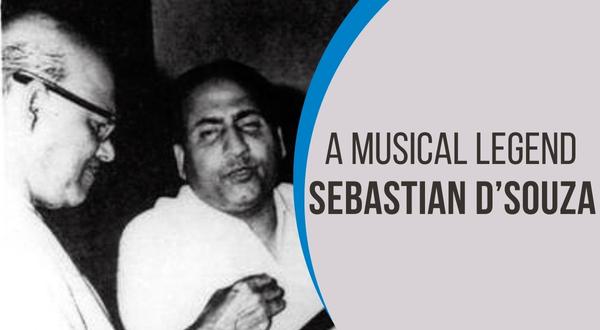
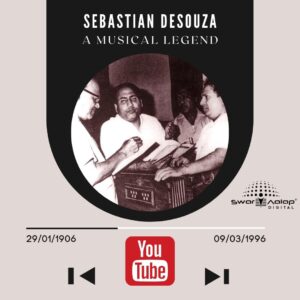
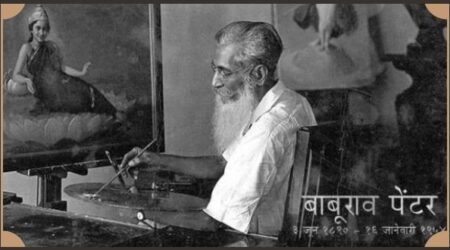
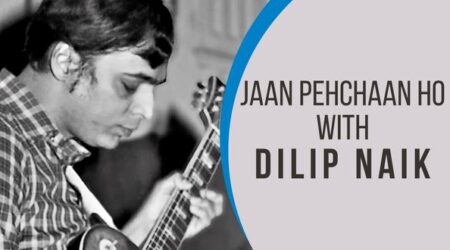
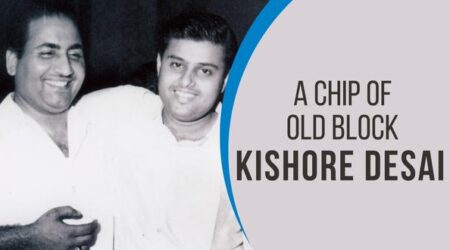
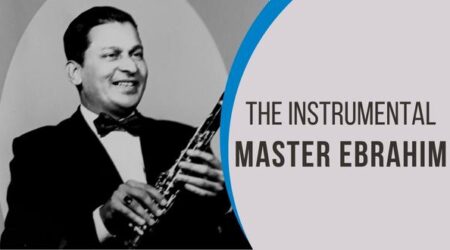
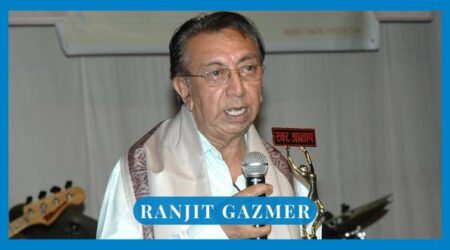
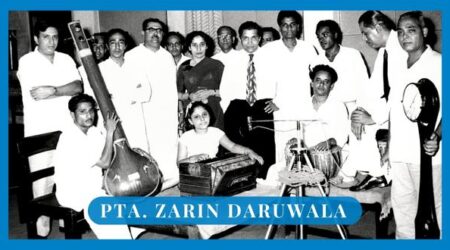
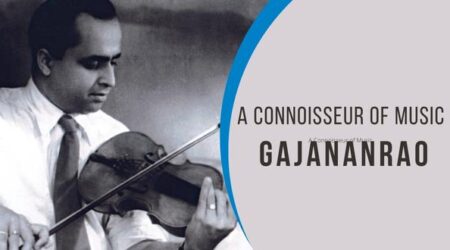
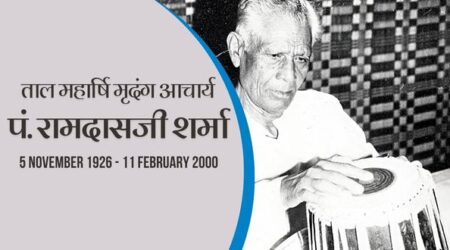
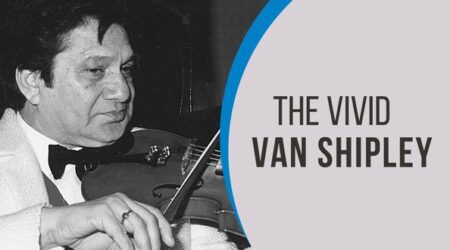
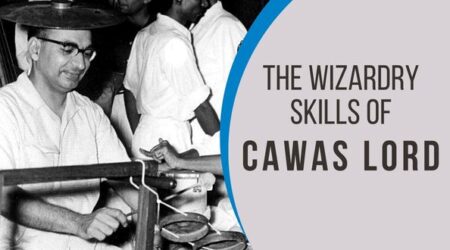

Comments (2)
Great Information. ?
Great music arranger,
Rare information